MAIN FINDINGS
TRUST IN THE ABS IS HIGH AMONGST MEMBERS OF THE GENERAL COMMUNITY
- Survey respondents who indicated that they had heard of the ABS were asked how much trust they held in the ABS as an institution (Institutional Trust) and in ABS’ statistical products (Product Trust).
- Institutional trust in the ABS was high amongst general community respondents with 81% indicating that they either tend to trust or greatly trust the ABS.
- Product trust also tended to be high with 76% of respondents indicating that they tend to or greatly trust ABS statistics.
- Amongst the general community, the ABS as an institution engenders greater trust than its statistical products.
FIGURE 1: INSTITUTIONAL AND PRODUCT TRUST IN THE ABS – GENERAL COMMUNITY
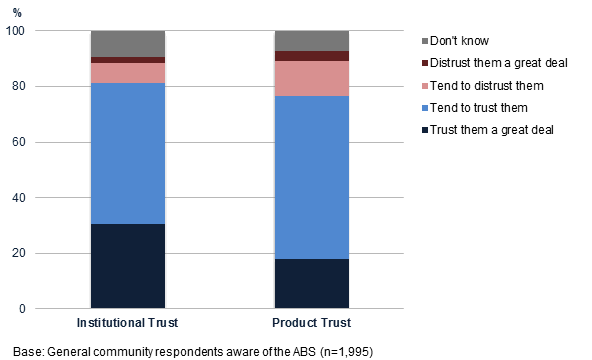 INFORMED USERS OF ABS STATISTICS RECORDED ESPECIALLY HIGH LEVELS OF TRUST
INFORMED USERS OF ABS STATISTICS RECORDED ESPECIALLY HIGH LEVELS OF TRUST
- Institutional trust in the ABS was especially high amongst informed users of ABS statistics with 73% indicating that have a great deal of trust in the ABS as an institution and the remainder (27%) indicating that they tend to trust the ABS.
- Product trust was also high amongst informed users with 65% recording the highest level of trust in ABS statistics (trust them a great deal) and the majority of the remainder (34%) stating that they tend to trust them.
- Though the sample size was small (and results should therefore be treated as indicative only), economists and journalists appeared to record lower levels of trust for both institutional and product trust measures when compared to academics (see Figure 3).
FIGURE 2: INSTITUTIONAL AND PRODUCT TRUST IN THE ABS – INFORMED USERS OF ABS STATISTICS
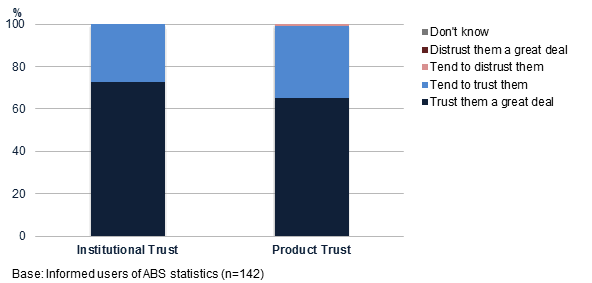
FIGURE 3: INSTITUTIONAL AND PRODUCT TRUST IN THE ABS – INFORMED USERS OF ABS STATISTICS – BY OCCUPATION
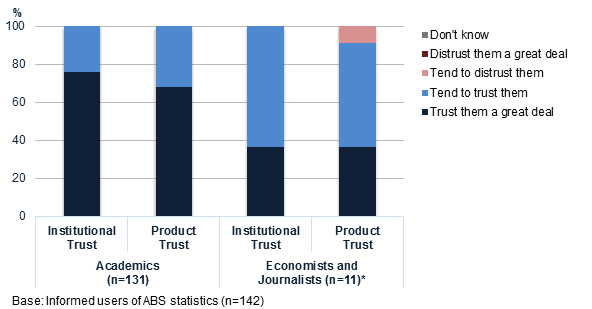
*Caution: Small sample size.
HIGHER SOCIO-ECONOMIC STATUS WAS CORRELATED WITH HIGHER LEVELS OF TRUST AMONGST THE GENERAL COMMUNITY
- For the purposes of this research, socio-economic status (SES) was derived from the self-reported education and occupation of the general community respondents.
- Significant variations in levels of institutional and product trust were observed across SES sub-groups, with respondents in the highest SES group recording higher levels of trust than those with a moderate and, more so, a low SES.
- This is best evidenced by the difference in the proportions reporting the highest levels of institutional trust with 41% of those with a high SES indicating that they trust the ABS a great deal and this proportion decreasing to 25% of those with a low SES.
FIGURE 4: INSTITUTIONAL TRUST IN THE ABS – GENERAL COMMUNITY – BY SOCIO-ECONOMIC STATUS
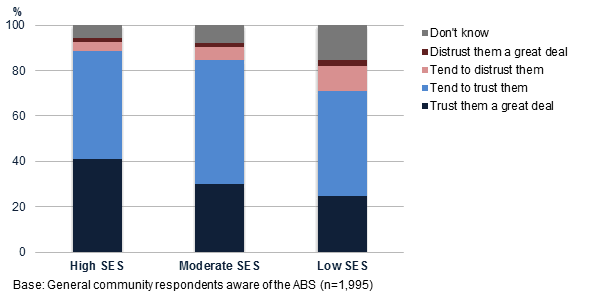
FIGURE 5: PRODUCT TRUST IN THE ABS – GENERAL COMMUNITY – BY SOCIO-ECONOMIC STATUS
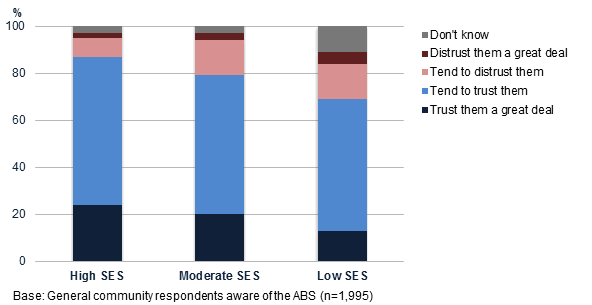 GENERAL COMMUNITY TRUST INCREASED WITH SELF-REPORTED KNOWLEDGE OF THE ABS
GENERAL COMMUNITY TRUST INCREASED WITH SELF-REPORTED KNOWLEDGE OF THE ABS
- Those who had heard of the ABS were asked to indicate the extent of their knowledge of the ABS. Upon investigation, a relationship was discovered between self-reported knowledge of the ABS and levels of institutional and product trust.
- For general community respondents, some of the highest levels of institutional trust were recorded by those who reported that they know the ABS well (60% of this group trust the ABS greatly).
FIGURE 6: INSTITUTIONAL TRUST IN THE ABS – GENERAL COMMUNITY – BY KNOWLEDGE OF THE ABS
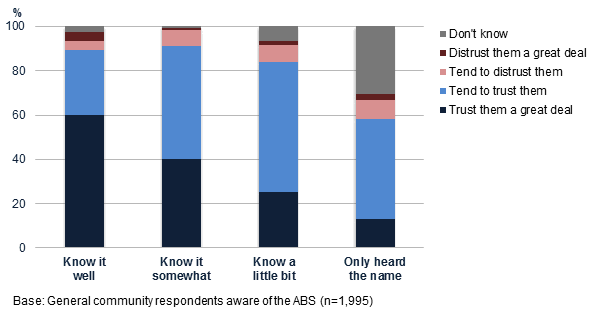
FIGURE 7: PRODUCT TRUST IN THE ABS – GENERAL COMMUNITY – BY KNOWLEDGE OF THE ABS
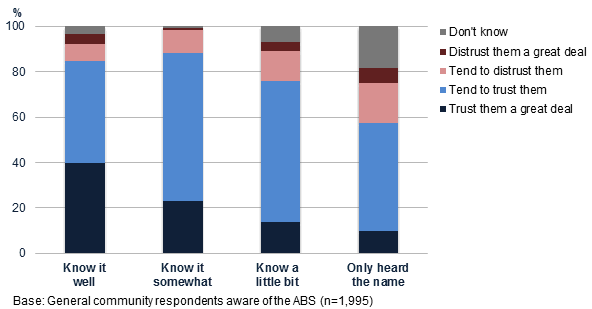 FIVE YEAR COMPARISON IMPACTED BY POPULATION AND METHODOLOGICAL CHANGES
FIVE YEAR COMPARISON IMPACTED BY POPULATION AND METHODOLOGICAL CHANGES
- Results of the 2015 CTASS are not directly comparable with those collected in the 2010 survey and should therefore be interpreted with caution. This is due to variations to the sample framework for the informed users survey and a range of design considerations for the general community survey. For the latter, the main changes included moving from a landline only sample frame to a dual-frame (landline and mobile phone) methodology (reflecting changes to population accessibility and best practice in administering general community surveys), the use of an updated within-household selection method and changes to the weighting approach (including the introduction of non-response weighting).
- However, attempts have made to make the data as comparable as possible. The ABS adopted a weighting approach to adjust the landline estimates from 2010 in such a way as to yield dual-frame estimates that could be compared with those from 2015. However, this approach does not account for this large increase in the mobile-only population and the likely different characteristics of dual-users in 2015 compared to 2010. We therefore recommend viewing the following point-in-time comparisons as being the best available rather than directly comparable. For further details on the methodology used for adjustment, please see the methodology section of this report.
- Levels of institutional and product trust amongst the general community showed a slight increase when compared to the 2010 CTASS. Correspondingly, there appears to have been a decrease in the proportion of general community members who expressed a tendency to distrust ABS as an institution.
FIGURE 8: INSTITUTIONAL AND PRODUCT TRUST IN THE ABS – GENERAL COMMUNITY – BY CTASS YEAR
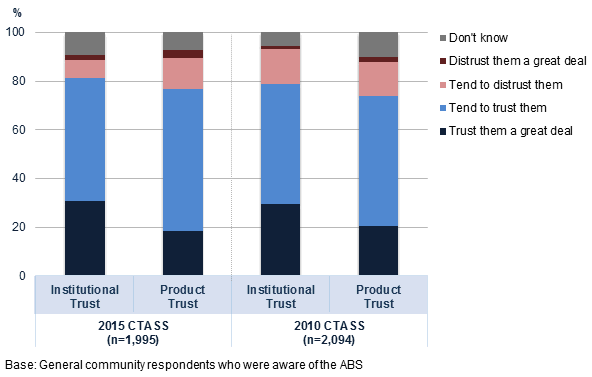
- Amongst informed users of ABS statistics, product and institutional trust were relatively unchanged, remaining at very high levels in both years.
FIGURE 9: INSTITUTIONAL AND PRODUCT TRUST IN THE ABS – INFORMED USERS – BY CTASS YEAR
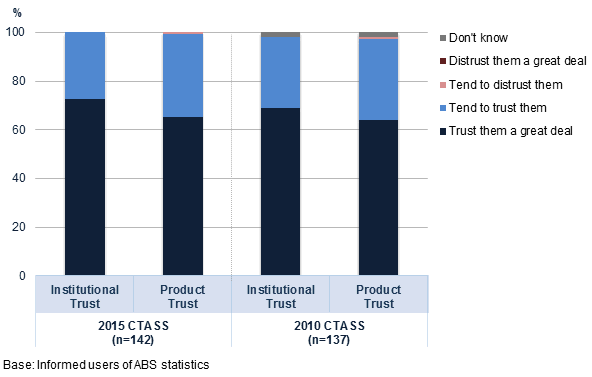 HIGH LEVELS OF CONFIDENCE IN USEFULNESS AND ACCURACY OF FUTURE ABS STATISTICS
HIGH LEVELS OF CONFIDENCE IN USEFULNESS AND ACCURACY OF FUTURE ABS STATISTICS
- In an attempt to measure community confidence in future ABS products, respondents were asked their level of agreement with statements related to the usefulness, accuracy, freedom from political interference and speed of release of future ABS statistics.
- Overall, members of the general community were more inclined to agree that future ABS statistics would provide useful and accurate information (84% and 78% agreed respectively) than be free from political interference (69% agreed) or released quickly (58% agreed).
- The same trend was observed amongst informed users of ABS statistics, however, they expressed higher levels of agreement with each statement, reflecting greater confidence in future ABS statistics, when compared to members of the general community.
FIGURE 10: AGREEMENT WITH STATEMENTS RELATED TO FUTURE ABS STATISTICS – GENERAL COMMUNITY
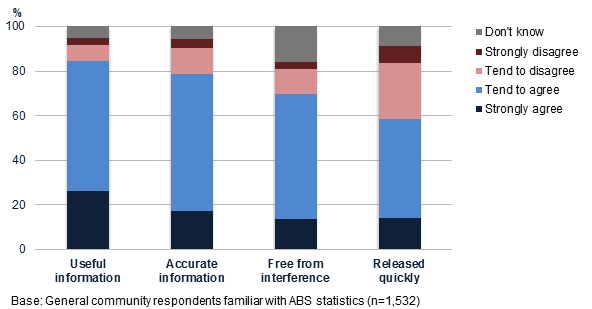
FIGURE 11: AGREEMENT WITH STATEMENTS RELATED TO FUTURE ABS STATISTICS – INFORMED USERS OF ABS STATISTICS
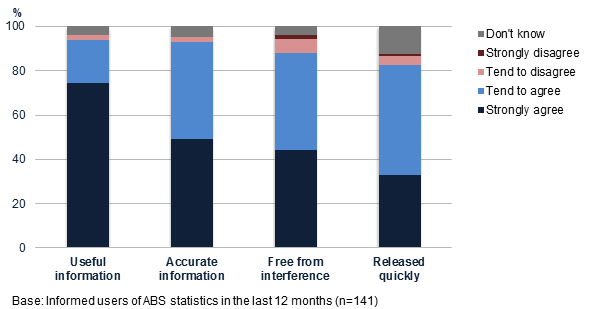
 Print Page
Print Page
 Print All
Print All